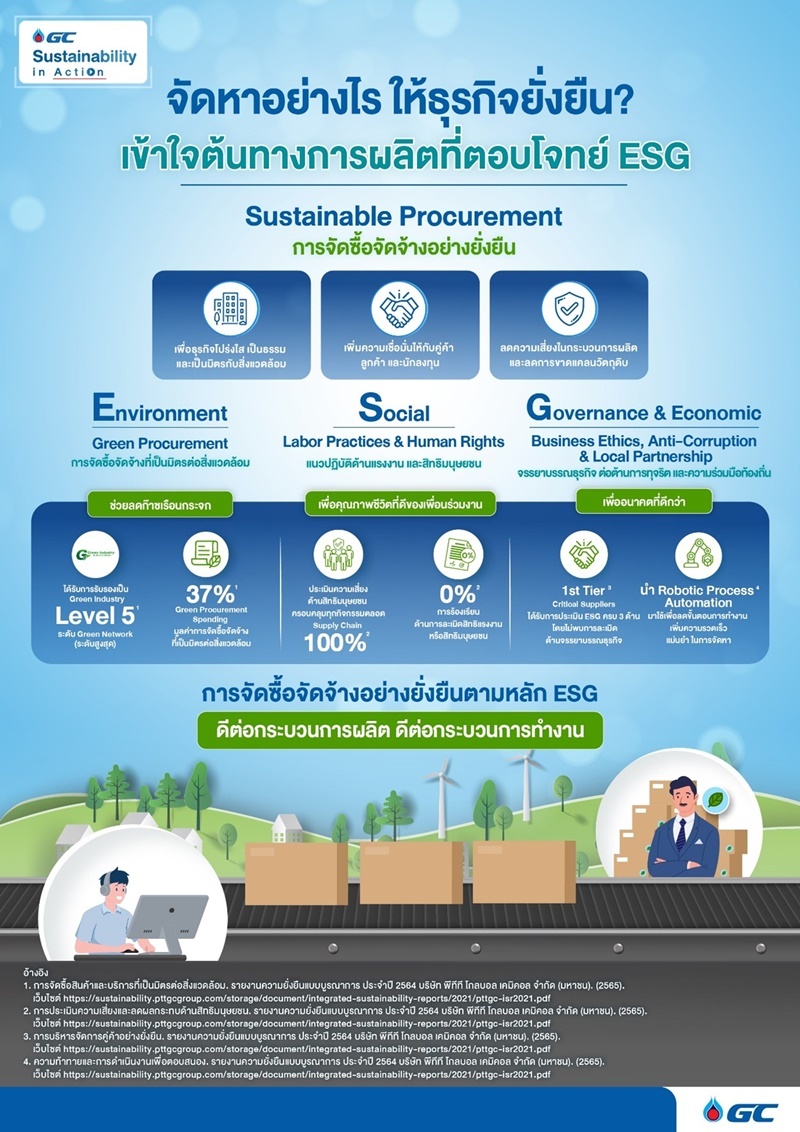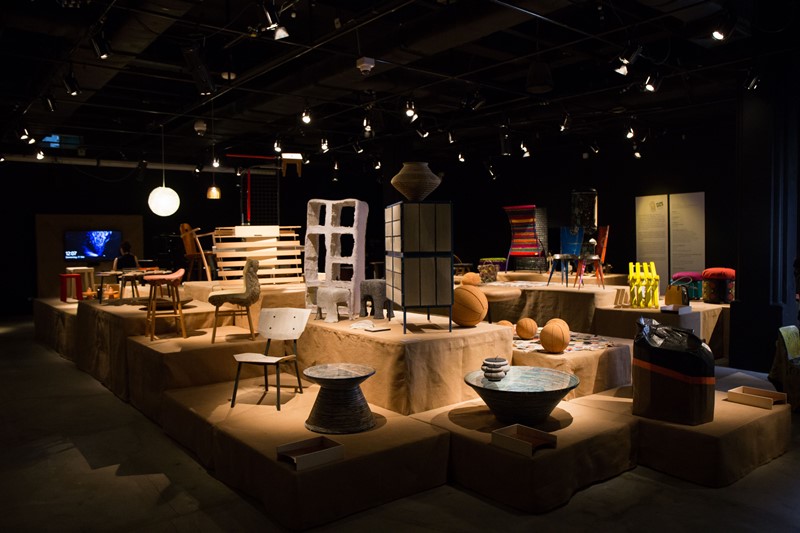Feature Stories
An industrial city that is not forgetting its roots Asst. Prof. Kannika Suteerattanapirom discusses how Rayong is being rediscovered through archeological excavations
When you think of Rayong province, what comes to mind? Some may think of Sunthorn Phu, others will say King Taksin, and, of course, Samet Island. Not many people realize that the provincial capital, Rayong, an industrial city, has a rich cultural and artistic history. This heritage benefits the new generation who are interested in promoting and sharing Rayong’s local history through cultural tourism.
Asst. Prof. Kannika Suteerattanapirom, head of Rayong’s art and culture databank research project, which is being conducted by the Faculty of Archaeology, Silpakorn University, in cooperation with PTT Global Chemical PLC, or GC, said, “We are studying Rayong’s art and culture to show that the city has another important dimension which may not be as well known, given that so many major industries are located here. Despite it being modern and industrial, the residents of Rayong should not forget their city’s roots.”
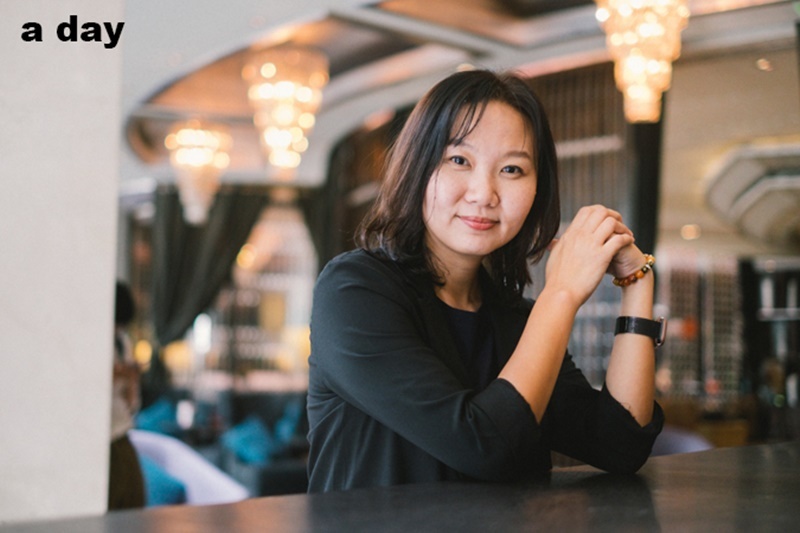
“When people travel to Thailand’s eastern region, they usually visit Chonburi or Chanthaburi. They often bypass Rayong when driving to these destinations. While prehistoric evidence is found in cities and regions around the world, there are only two instances when it has been discovered in Rayong. Few have thoroughly studied this city’s history and culture.”
Luckily, local historian Khun Chaleow Ratchaburi has written about Rayong’s past, while the Lek-Prapai Foundation studied the military journey of King Taksin from Klang City to Thonburi.
“When we began our study, we tried to collect everything, starting in Klang. About 100 archaeology students joined this effort. First-year students carried out the surveying, sophomore students did the excavation, and junior students managed all of the tasks including data analysis and synthesizing the evidence that was uncovered. We stayed at Ratchabanlang Pradittharam temple, an important Rayong landmark where King Taksin’s throne and ancient swords were found,” said Asst. Prof. Dr. Kannika.
“We spoke with the abbot, tour guides, and communities around the temple, and all were very helpful. The abbot asked that authorities set up a health center at the temple, and there is now a doctor providing medical services every two or three days. Teachers also contacted us to ask whether they could bring their students to study with us, and have them act as local guides to help generate interest in the area’s history and culture,” she continued.
This is not the first time that archaeological excavations have taken place in Rayong. In 1989 and 1990, the Fine Arts Department carried out an excavation, which at the time was not as widely recognized as the current study.
“We gained knowledge from our research in the area and found new evidence that was not known before the excavation. We can now follow the history of Rayong from prehistoric times to the present. This project does not only provide a clearer understanding of Rayong—it also offers valuable training for a group of researchers. We are proud to have developed a young research team through the students who are supporting us,” said a smiling Asst. Prof. Dr. Kannika.
“Following the excavation and gathering the information, in the second year, the team initiated two educational projects. First was an Information Repository on a web site that serves as a platform to bring together everything we surveyed, while the second was a training program for teachers to help them educate others about the findings. Believe it or not, it turned out that around 60 of the teachers we trained were not originally from Rayong—most are from other parts of the country and only a few have roots here. We asked whether any of them give tutorials or lessons about local history. Some schools did not, while others said that children learned from members of the community. It’s important that they have a connection to their past and understand who they are. Without this knowledge, the history of this area would gradually disappear,” said Asst. Prof. Dr. Kannika.
She added that much of the research stems from the research team’s own curiosity. The larger question for society is how to build an understanding of this important cultural dimension of Rayong in a way that benefits the community by using the right tools and the knowledge being unearthed by the Faculty of Archeology of Silpakorn University.
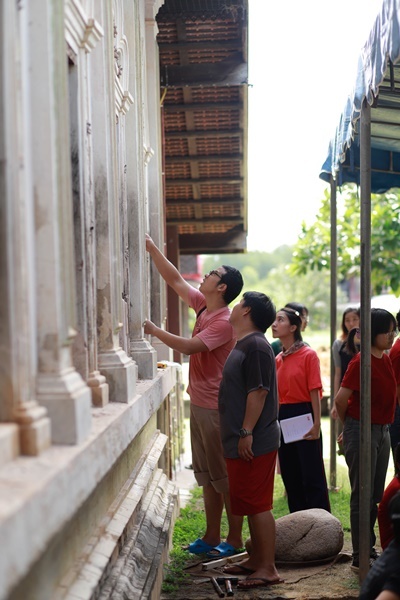
“This research involves a new generation, with a focus on the end point. What is our destination? What does Rayong need and how can we best respond? Our purpose is not just to conduct research and continue our surveys and then compile everything into a book. Anyone who is interested can carry out the necessary research. But we are in a new era, and don’t want to do things in a way that is out of date. Given the current international trends, as well as national policy, researchers must emphasize how their work can better support society’s needs.”
She explained that the research aims to make academic work more accessible to the general public through new and improved knowledge about archeology, history, and arts and culture. It also reinforces GC’s “The Path of Happiness” project, which aims to strengthen the area’s arts and culture by promoting Rayong’s historic sites, which are being conserved and supported by a new generation who appreciate the city’s “Living Heritage.”
According to Asst. Prof. Dr. Kannika, “My teacher taught us that when we enter a community, we can’t just go in as a knower or teacher. We must be receptive and have an open mind. As GC is located here, their people are familiar with the community, so they can serve as an important connection to local residents who may be reluctant to cooperate with us. Instead of saying we were archaeologists, we told villagers we were students who wanted to learn new information, and came from the Faculty of Archeology to study their way of life and hear the old stories from the community. We used simple language to avoid coming across as overly academic. It’s important that we understand our role in accepting new knowledge, which is what researchers need to do when studying any field.”
“We entered with a sense of curiosity and wanting to really gain an understanding of the people of Rayong. It would have been counterproductive to go into intricate detail about the data. Khun Chaleow listened to us and appreciated that we were thorough in carrying out our research. Of course, there were some things that he simply didn’t know. People who love their communities won’t hide any information. He was very open and we helped each other to gain a better understanding, which will really benefit society and help to support promoting the history of Rayong,” she continued.
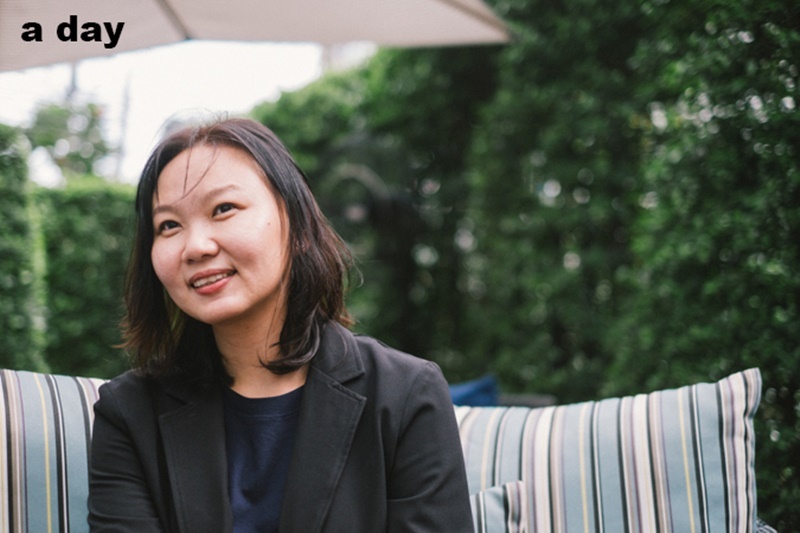
“When talking to villagers, we sometimes chose those who are older to tell us their stories in as much detail as possible. While we understand their information will be biased, like anthropologists, we honor them for what they tell us because what they describe is their history. While it is one form of evidence, it would be prejudicial to say that they are wrong. So when they tell their stories, it’s important they do so completely. The benefits are not just in our interactions, but that they believe in us. What would ancient evidence be like? It’s not a huge concern as it will be discussed and examined later. There is a time for clarifying the evidence or document, then objectively outlining the information as it exists. Our role is not to add our own biases but to present the unvarnished information,” concluded Asst. Prof. Dr. Kannika.
Rayong Time Ago is a series driven by a new generation that describes the Living Heritage of Rayong province through its history, arts, culture, and ancient locations. The starting point is a project involving a collaboration between the Faculty of Archeology, Silpakorn University, and PTT Global Chemical Public Company Limited (GC). Stay tuned for the next article in September.
